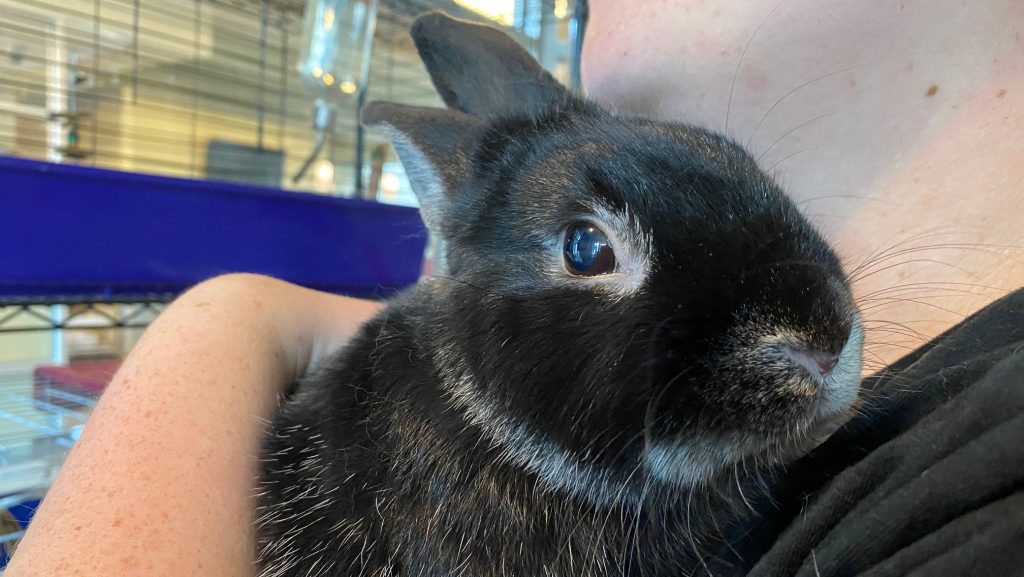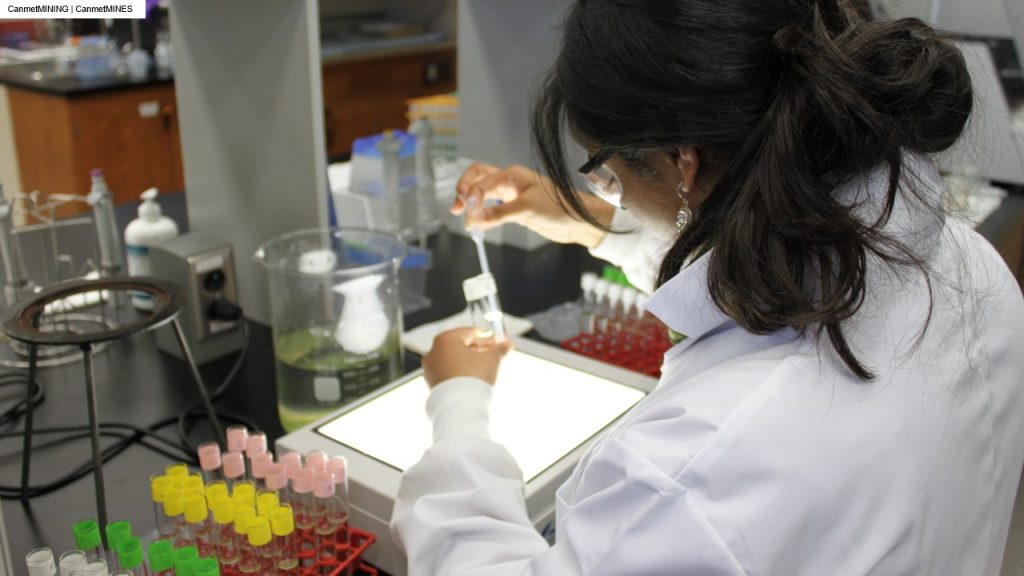Deadly algae toxins claim life of puppy, seriously injure another dog near Renfrew
Posted Jun 7, 2021 04:27:00 PM.
Larissa Novossiltze is on a mission to warn everyone about the deadly toxins found in bodies of water containing blue-green algae after she recently lost her one-year-old dog, and nearly her second furry best friend near Renfrew.
May 31 was a typical day on Novossiltze’s farm, located off of Highway 60, about 10 kilometres west of the Town of Renfrew. Part of a normal day included her dogs taking a stroll down to a shallow creek on the back of the farm and going for a swim.
She had no idea the dog’s playful chance to cool off would expose both dogs to a dangerous element in the water.
“Saturday evening Birdie had swam in the creek behind our farm, as usual. 20 minutes later she was stumbling around the house with a drunken gait. We put her up on the couch to rest and 15 minutes later she was in a coma,” Novossiltze wrote on Facebook last week.
“We rushed her down to Ottawa and all tests were coming back normal. Her respiratory rate started to expire overnight and they had to intubate Birdie, as she was not breathing on her own. We then had to make the decision that no one wants to make. Her diagnosis was severe brain stem lesion due to unknown toxicity. We have an extremely clean farm as we have so many animals, so the toxicity diagnosis was really confusing us. She died Sunday May 30th, at 2pm. She was 1 year old.”
The family had celebrated Birdie's birthday just days before dealing with this tragedy.
Heartbroken, the family barely had time to deal with their grief when the next day, another one of three dogs that called the farm home, suddenly appeared to look tired and weak.
“Yesterday morning, On June 1st, Frankie came up from the creek and ten minutes later he fell down our front stairs and stumbled towards us,” wrote Novossiltze on social media. “We realized then that Frankie was going to die if we didn't get him help ASAP. We were confused as to what was happening… Again! We brought him to Pinnacle Animal Hospital and within five minutes Dr. Amy Verney was on duty.
Novossiltze explained to the doctor the factors leading up to the death of Birdie two days prior to Frankie’s exposure to the toxins and says Dr. Verney acted upon both a hunch and ability to recall a similar situation about 20 years prior. She said that several dogs had died around the same time and the one thing they all had in common was exposure to blue-green algae toxicity near Guelph, Ontario.
Dr. Verney and her team began medical intervention based on her working theory the dogs had been exposed to the algae, but they were working against the clock. Almost immediately taking charge of the dog, his heart began to fail at a rapid pace and the doctor did not hold out a great deal of hope for Frankie’s recovery.
The veterinarian team performed numerous flushes of his system, applied charcoal ingestion and using a powerful combination of medications, Dr. Verney and her team were able to stabilize him. The dog was transferred to the Animal Emergency and Specialty Hospital for overnight observation. A representative of the hospital notified the family at 6 a.m. the next morning that Frankie had recovered and was ready to be discharged.
“He would not be alive without Dr. Verney’s critical thinking and snap judgment.” Novossiltze wrote on her personal Facebook page. “Thank you Dr. Amy Verney. You really are our true life hero.”
Local health unit weighs in
The Renfrew County And District Health Unit is responsible for inspecting and testing of beaches in the local waterways and recreational-based water facilities.
Over the last number of years, blue-green algae blooms have occurred on water bodies in Renfrew County. The Health Unit advises people to be on the lookout for algae blooms and if they suspect possible algae, they are encouraged to act under the assumption that toxins are present. Call the Ministry of the Environment Conservation and Parks Spills Action Centre at 1-800-268-6060 if you suspect a bloom is present.
David Tantalo, Manager of Healthy Environments at the health unit said, unfortunately, hot conditions are ideal for blue-green algae to not only appear, but to rapidly increase in numbers to form a large mass called a bloom.
“Blue-green algae are microscopic plants that live in water and can be very dangerous. RCDHU received an unconfirmed report of an instance where a dog died and another was seriously ill from possible ingestion of blue-green algae toxin.” he said. “It is strongly recommended to avoid using the water for drinking, bathing, or showering. People, pets and livestock should not drink or swim in the water when blooms are present.”
Tantalo went on to say above all else to use common sense and avoid any contact with blooms if at all possible. More information on blue-green algae is available on the health unit's website.








